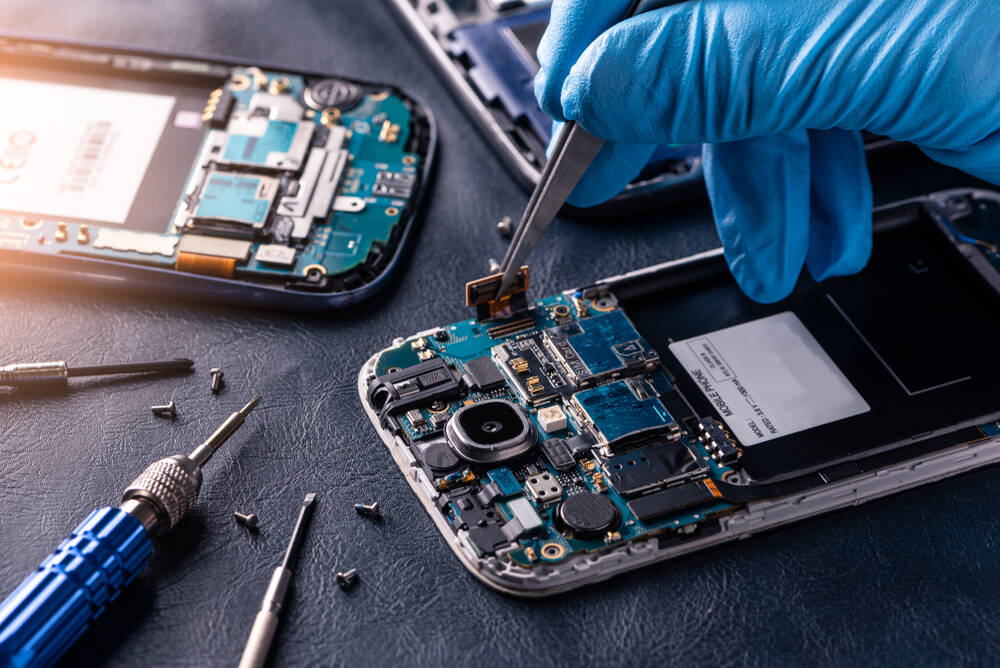Tech
Google says it will change policy on keeping repair returns

Google has disavowed language in its terms’n’conditions that says the Pixel and Chromebook giant will confiscate devices sent in for repairs that contain unapproved parts.
The Chocolate Factory, in its Service & Repair Program fine print, advises customers not to send in “a device containing non-Google-authorized parts – if you do, your device will not be returned to you.” Google’s Service & Repair Program is administered by KMT Wireless, which does business under the name Cynergy.
The Register asked Google, which likes to celebrate its commitment to sustainability, to explain its rationale for refusing to return devices with unapproved parts, whether the policy existed prior to the July 19, 2023 date on its Terms & Conditions page, and whether it will provide any data on the number of times service has been refused for devices with unapproved parts.
In response, a Google spokesperson said it won’t do what its policy says.
“If a customer sends their Pixel to Google for repair, we would not keep it regardless of whether it has non-OEM parts or not,” a spokesperson told The Register. “In certain situations, we won’t be able to complete a repair if there are safety concerns. In that case, we will either send it back to the customer or work with them to determine next steps. Customers are also free to seek the repair options that work best for them. We are updating our Terms and Conditions to clarify this.”
Repair advocates expressed surprise at the existence of this policy, which appears to have gone largely unnoticed until recently.
Nathan Proctor, senior director for US PIRG’s Campaign for the Right to Repair, told The Register he had not heard of the policy until yesterday.
“Google needs to change this policy, and I would expect them to do so quickly,” said Proctor. “Confiscating a device for using third-party parts is clearly unacceptable.”
Kyle Wiens, CEO of iFixit, offered a similar assessment. “This language is out of character for Google,” said Wiens. “We’ve never seen them decline repairs because someone used non-OEM parts. I suspect that this legal text will change soon.”
Gay Gordon-Byrne, executive director of The Repair Association, said she was reminded of Samsung’s “ham-handed policy” that requires repair shops to report clients who bring in devices with aftermarket parts.
“With or without Right to Repair – outside of their specific warranty provisions – OEMs don’t have to repair things at all – and they definitely don’t have to repair things they didn’t make,” said Gordon-Byrne.
“However, it is utterly nasty to refuse to return property that might have used a non-OEM original part. Particularly for a product set where third-party batteries and glass are not ‘authorized’ in the first place. The only way to have a clearly authorized part is to buy the part exclusively from Google – which is incompatible with Right to Repair laws.”
Gordon-Byrne added that Google has been supportive of the repair rights in both Oregon and Colorado, where repair legislation has recently been adopted. And she expects the biz may want to refine its contractual language.
She acknowledged that it can be difficult for a repair shop to be presented with a device that has to be disassembled before it can be diagnosed to determine which part needs to be repaired or replaced, and then to find that the broken parts come from a third-party.
“Someone has to keep track of the screws and bag the parts up in order to make a complete return which is guaranteed to piss-off the customer,” she explained.
“But big OEMs can make their jobs easier by making repairs easier – and maybe taking the high road and putting a fresh piece of glass in a product even if the broken glass wasn’t OEM original. It’s really customer relations at that point.” ®











